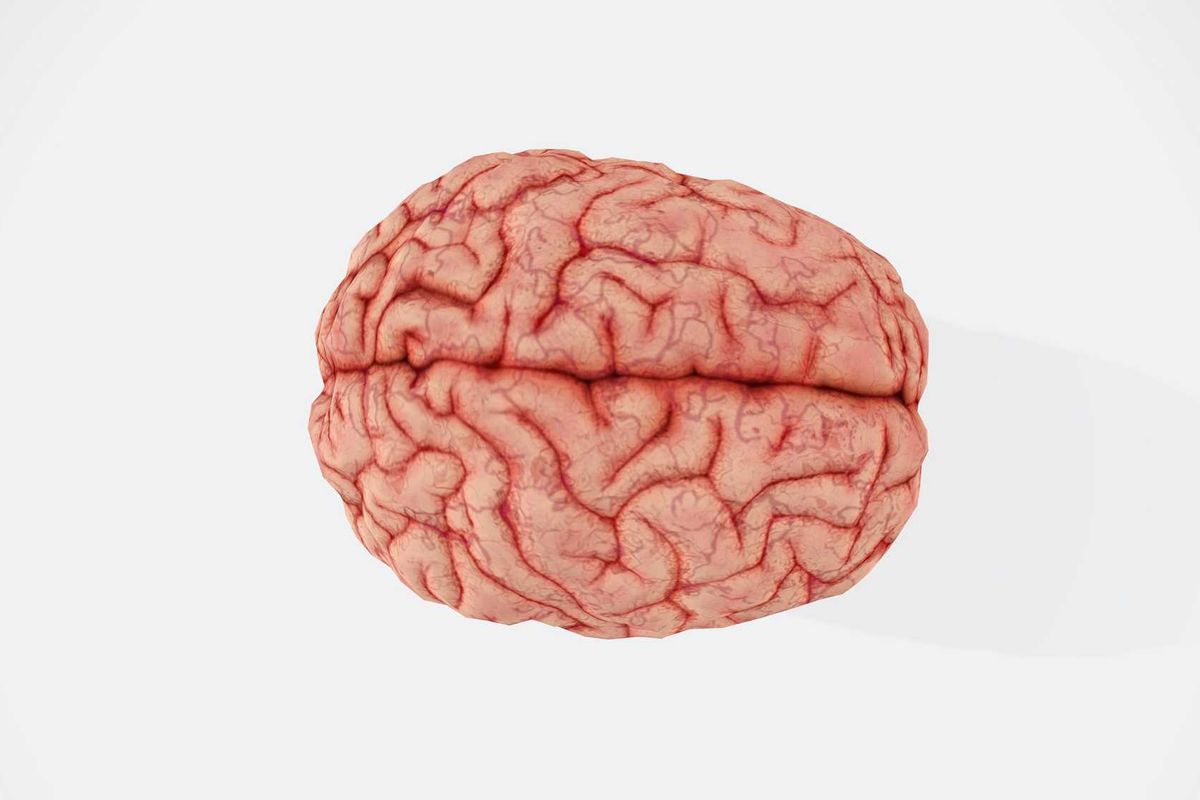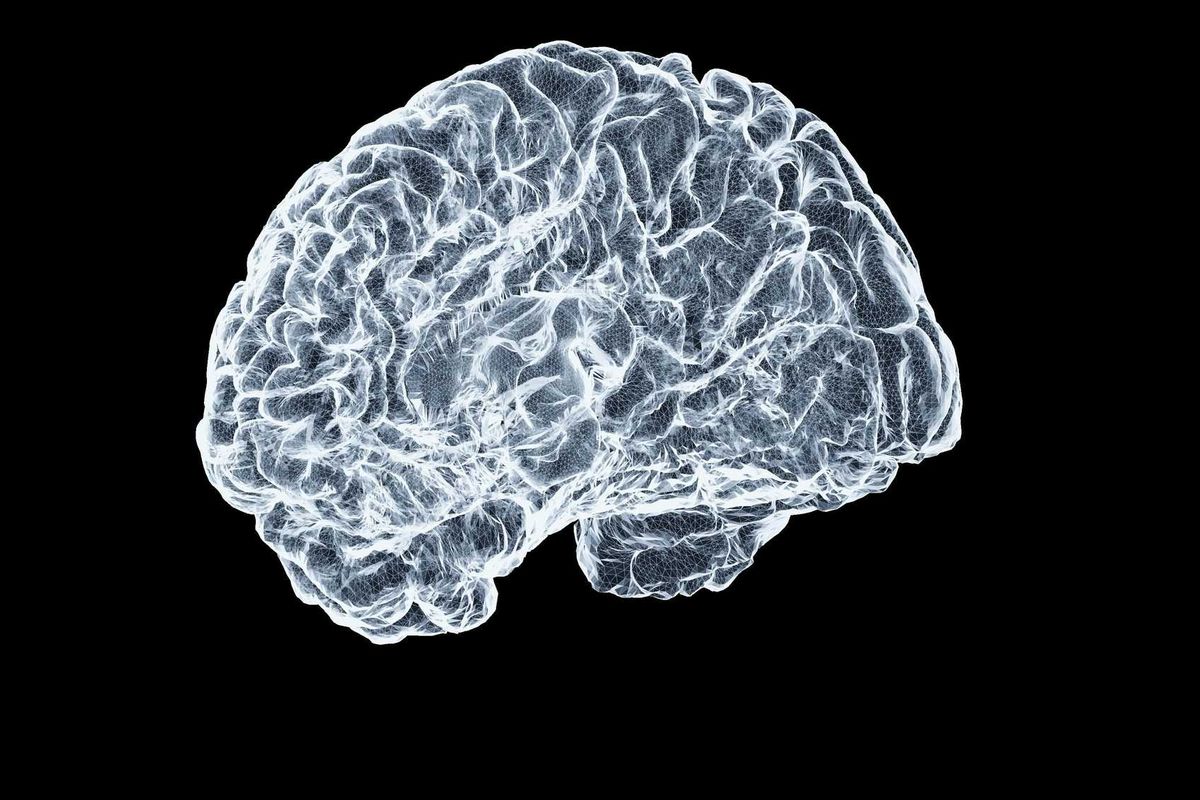Why you should consider using construction digital twin tech, according to this Houston expert
GUEST COLUMN
The construction industry is no stranger to embracing technological advancements, and one of the latest breakthroughs is the advent of construction digital twin technology.
Blending the virtual and physical worlds, construction digital twins offer immense potential for enhancing efficiency, reducing costs, and improving decision-making in construction projects.
It is a fascinating and ever-changing world of technology in construction digital twin technology and the following information explores its key components, benefits, and real-world applications in the construction sector.
What is a construction digital twin?
A construction digital twin is a virtual replica of a physical asset, process, or system that integrates real-time data from various sources to provide a holistic and dynamic representation. It encompasses a portion of the entire lifecycle of the project, potentially starting from planning and design into construction, commissioning, and data collection for ongoing maintenance.
The key components of a construction digital twin include the physical asset, sensors, data acquisition systems, connectivity infrastructure, cloud platforms, and advanced analytics. Various tools or platforms can be used at different stages of a project.
Skanska, a construction and development company, has created an internal hybrid approach combining a digital twin model with a custom analytics dashboard. The process allows for tracking production control during construction. What is used is a less-is-more approach to manual data entry into models and link to automated external data sources, which are combined and analyzed together in a separate dashboard. These color-coded models are combined with external data for schedule, cost, and man hour data for predictive analysis and production rates.
Improved planning and design
Digital twins allow design and construction professionals to simulate and optimize designs with a virtual model of the building before physically implementing them. This capability enables early detection and resolution of design flaws, reducing rework and costly delays. Adjacent building and city data can inform early design decisions. By leveraging the existing data from a digital twin, renovation projects can streamline processes, reduce risks, improve efficiency, and make informed design decisions, ultimately resulting in more successful and cost-effective renovations.
Enhanced construction processes
A construction digital twin allows stakeholders to visualize and simulate the project, analyze potential issues, optimize workflows, and make informed decisions. Key data sources include: installation, schedule, man hours, and cost. Additional real-time data from sensors embedded in physical assets can be fed into construction digital twins, enabling real-time monitoring and analysis. Project teams can enhance collaboration, improve efficiency, maintain schedule, reduce costs, and minimize risks throughout the construction process.
Effective risk management
Digital twins enable construction companies to simulate and analyze potential risks, such as structural weaknesses and environmental or safety hazards. Builders and their clients are at an advantage since they can address these risks in the virtual environment and significantly reduce the occurrence of accidents and associated liabilities.
Streamlined collaboration
Construction digital twins act as a shared platform for all stakeholders involved in a construction project, including architects, engineers, contractors, and facility managers. This flow of information fosters seamless collaboration, improves communication, and results in better decision-making through a data-driven environment. Solutions vary per stage and parties involved.
Real-world applications
Construction digital twin technology is already finding practical application in the construction industry, including locally at 1550 on The Green, Skanska’s state-of-the art, sustainable office building bringing the outdoors in.
Smart building construction
By creating a digital twin of a smart building, companies can optimize energy efficiency, HVAC systems, and space. The real-time monitoring of energy consumption and occupancy patterns combined with as-built BIM and systems data allows for predictive maintenance. Automations and AI assisted controls are also on the horizon.
Bringing it all together
Construction digital twin technology is poised to revolutionize the construction industry. By merging the virtual and physical realms, it enables construction professionals to make more informed decisions, enhance efficiency, and minimize risks.
The benefits of construction digital twins, such as improved planning and design, streamlined collaboration, and effective risk management, are transforming how projects are executed. As this technology continues to evolve, there are bound to be greater advancements in construction practices, ultimately leading to safer, smarter, and more sustainable built environments. Key data points and use cases vary per phase and stakeholder, and digital twins are a great asset throughout the project lifecycle.
------
Edwin Bailey is senior preconstruction technologist at Skanska, a leading multi-national project development and construction group, in Houston.
- Houston expert: 5 tips for improving your company's cybersecurity ›
- Houston expert: How ChatGPT affects business skills in 2023 ›
- University of Houston moves in on industrial metaverse with new partnership ›
- Skanska expert: Addressing skilled labor needs in Houston — including the role technology plays - InnovationMap ›





